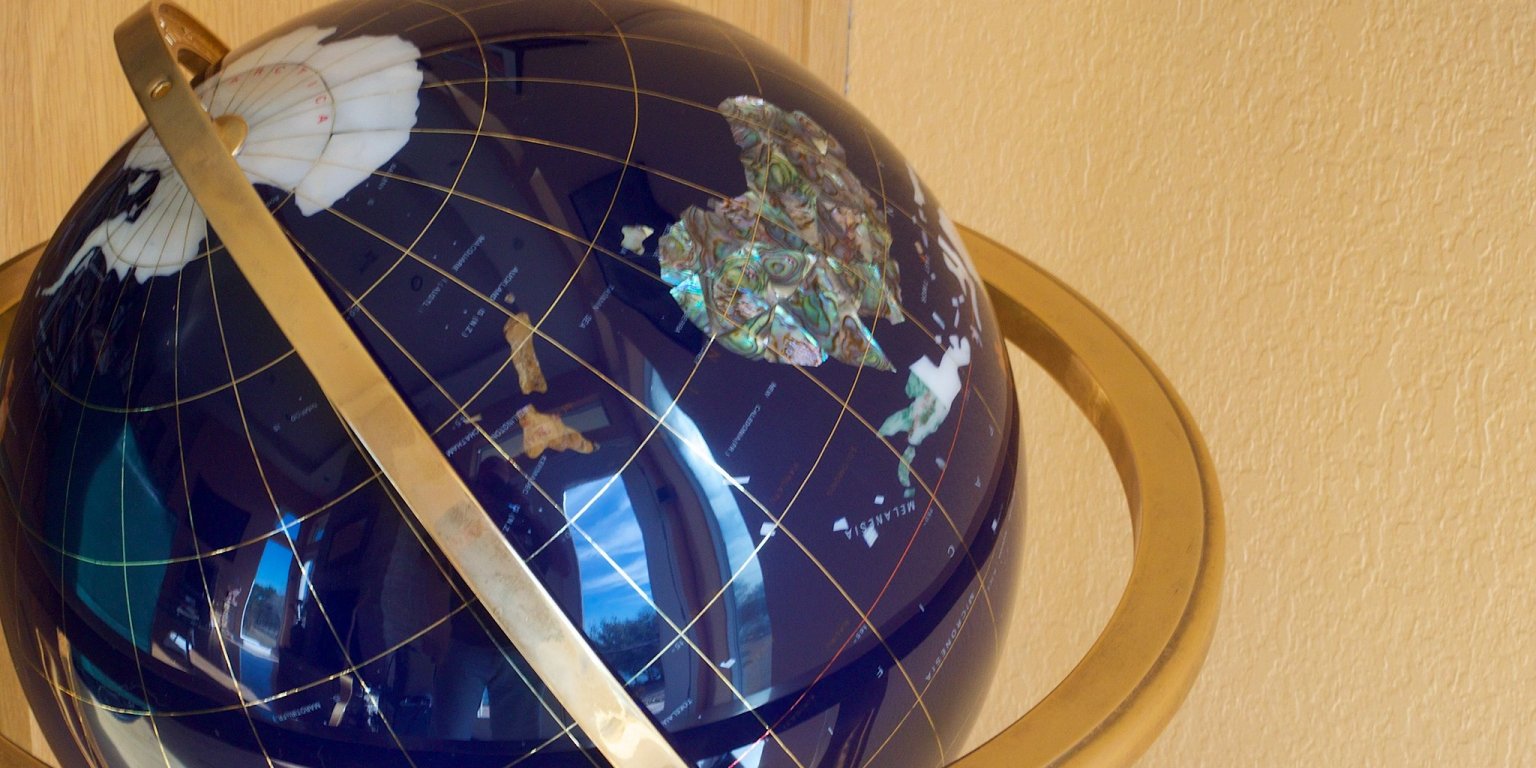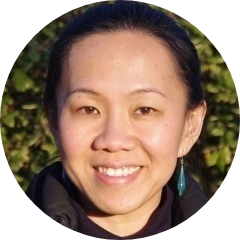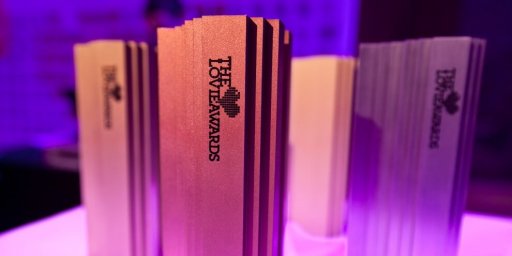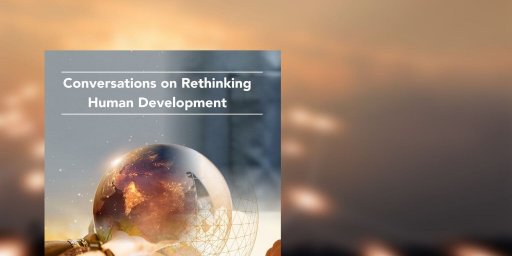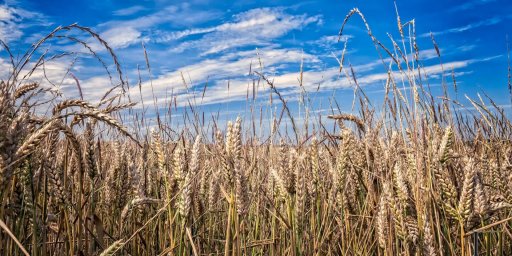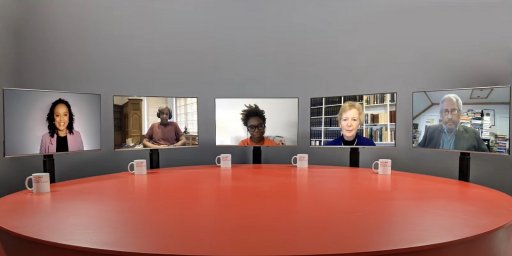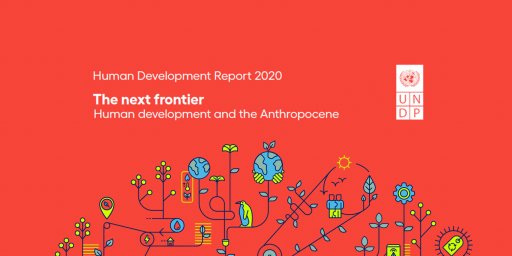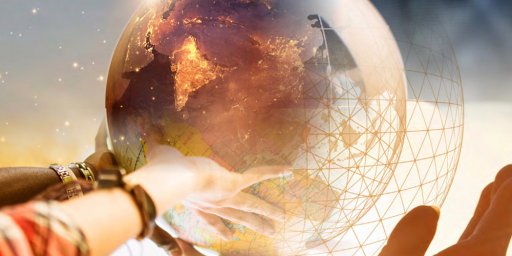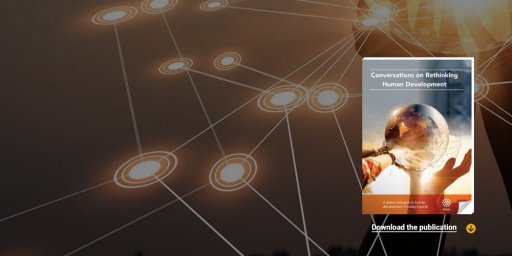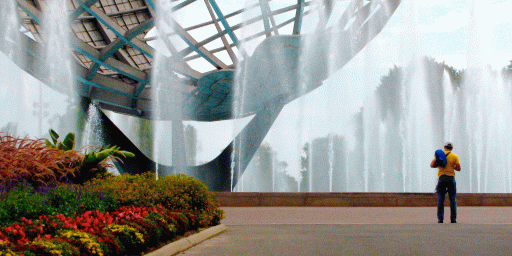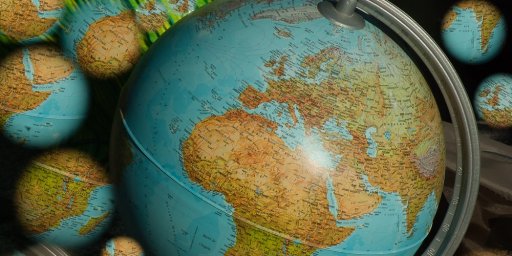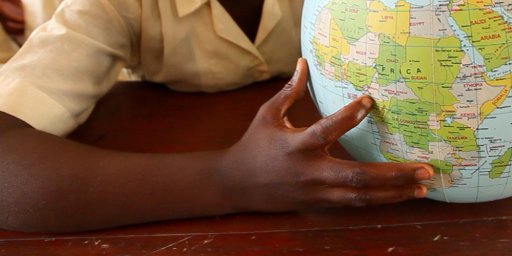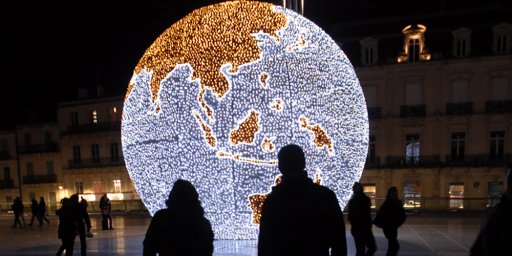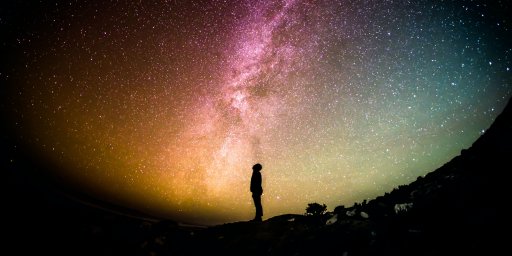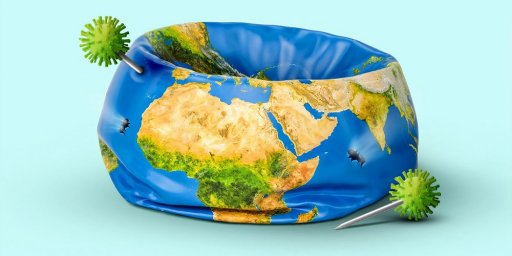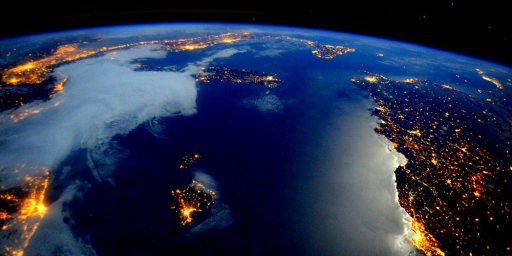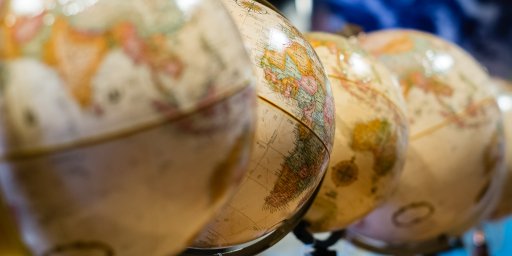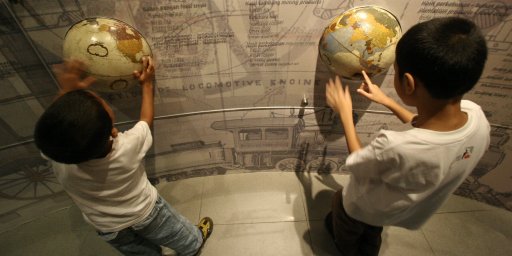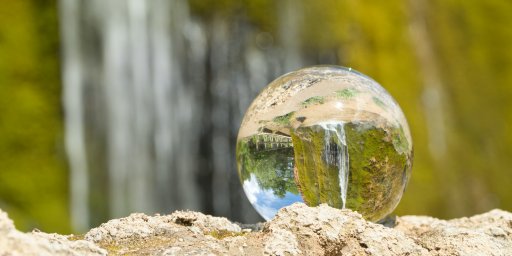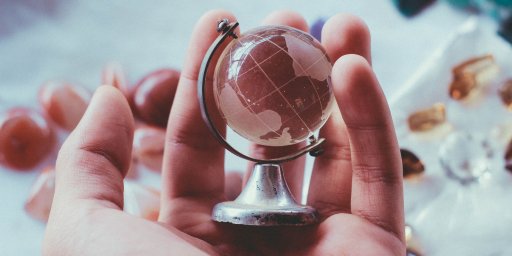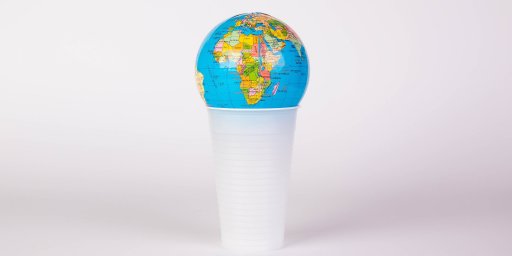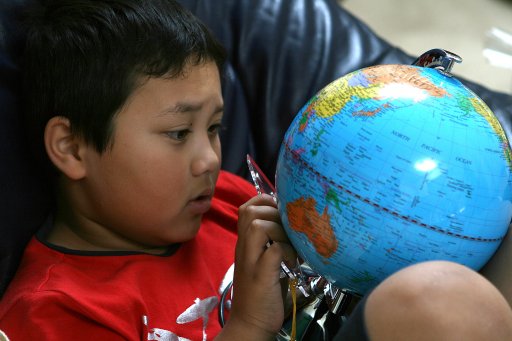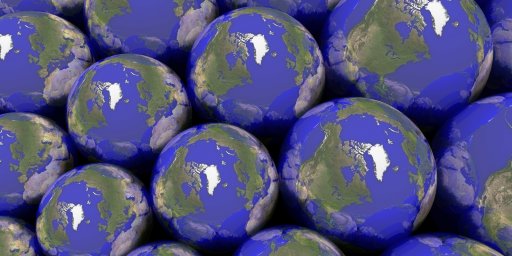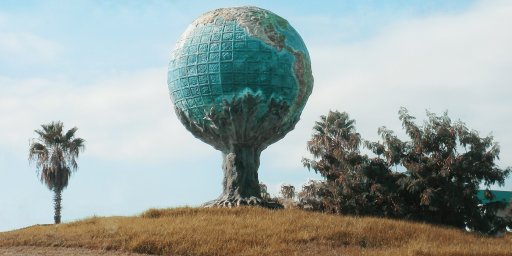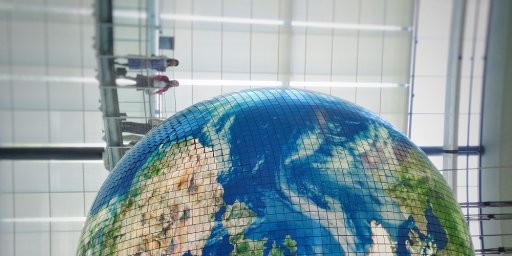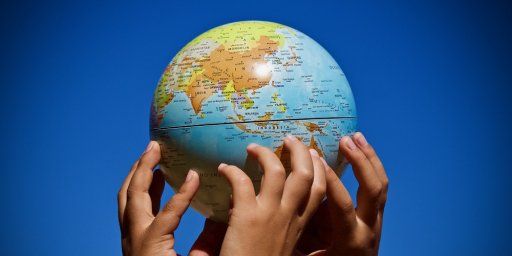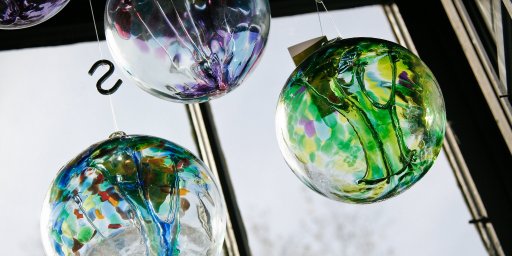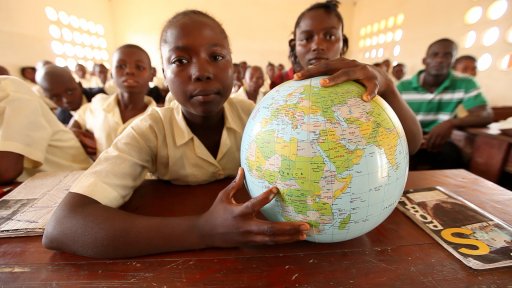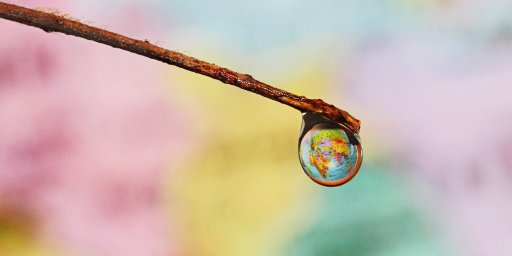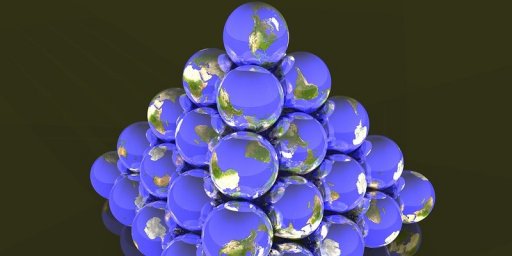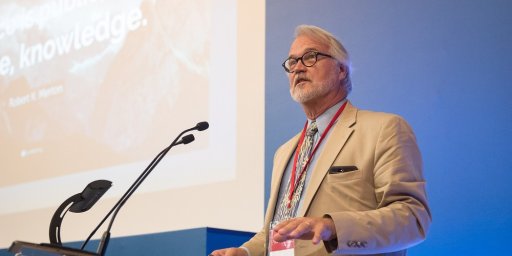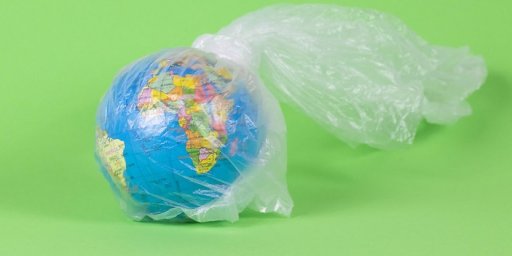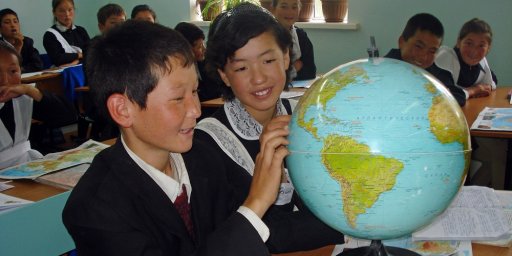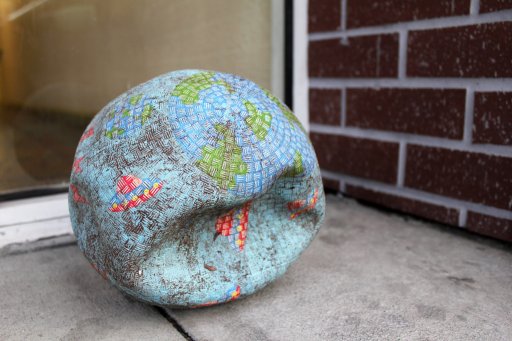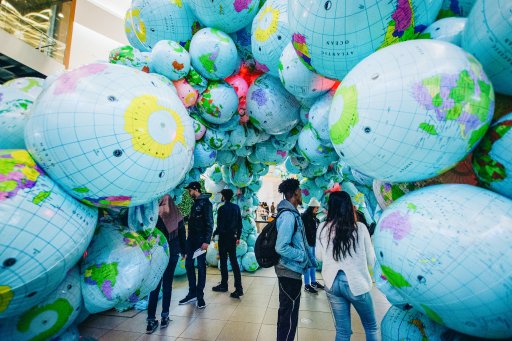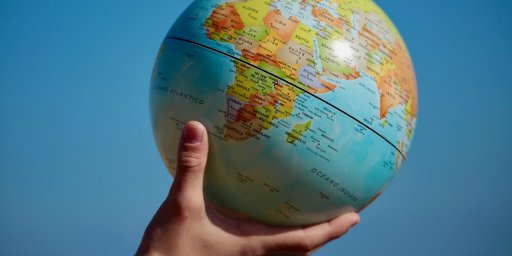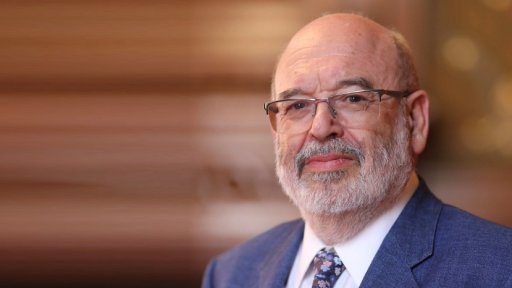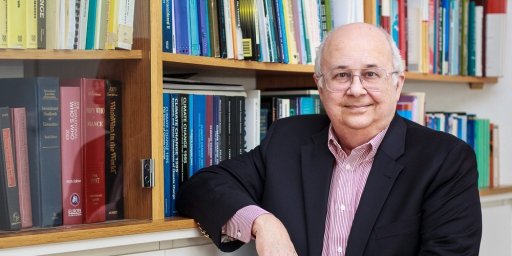The term ‘human development’ first gained prominence in the 1990s through the United Nations Development Programme’s Human Development Report. It presented three interrelated concepts – people, opportunities and choices (UNDP, 1990). Anchored in the capabilities framework, the focus on enabling freedom for individuals to live the lives they themselves consider to be meaningful was a much-needed departure from the focus on income. The three concepts are still fundamentally important today. However, the challenges we are now confronting as a society require us to think beyond the now, and be cognizant of our diversities and lived experiences while achieving our aspirations within the boundaries of our planet.
Amartya Sen’s 1986 Stanner Lecture, ‘Standard of living’, is an important reference point for the concept of human development. In Sen’s eloquent articulation, the complexities in differentiating between being well, being well-off, having freedom and being happy were shown. Having demonstrated the inherent subjectivity associated with these concepts, Sen presented the challenges of navigating the opposing pulls of ‘relevance’ and ‘usability’. Whilst relevance calls on us to do justice to the richness and complexities of the underlying concept, usability nudges us to be pragmatic and this often means defaulting to measures derived from existing data (Sen, 1987; Alkire, 2015; Yap and Yu, 2019).
The Yawuru community, First Peoples of Broome in Western Australia and I have taken up the challenge to ensure that ‘relevance’ is not lost entirely in the process of creating ‘usability’ measures. Conceptualizing and measuring Indigenous well-being that is both relevant and usable requires an alternative approach. As Smith (2012, p. 196) argues, ‘When indigenous peoples become the researchers and not merely the researched, the activity of research is transformed. Questions are framed differently, priorities are ranked differently, problems are defined differently and people participate on different terms’. This necessitates a fundamentally different starting point from what is considered the norm in the academy.
For the Yawuru, that alternative starting point is mabu liyan (YRNTBC, 2011). Mabu liyan, or good feelings, is centred on the Yawuru’s sense of belonging and being. Expressions of liyan are based on collective structures and on living well with country, culture, others and within oneself. Achieving and sustaining mabu liyan stems from having strong family relations, maintaining and fulfilling one’s responsibility to country and culture, feeling respected and valued by others, and being able to be self-determining on matters concerning one’s self, one’s family and one’s country. Furthermore, experiences of mabu liyan are intertwined with surviving in the modern world, with Yawuru women and men negotiating the trade-offs in maintaining the various dimensions of living well against competing development activities on their land and sea country (Yap and Yu 2016, 2019).i
Like many Indigenous nations around the world, connectedness is a key dimension of the life they have reason to value (Watene 2016). Connectedness extends beyond just relationships to each other but also to the broader environment, the human and non-human world (Watene and Yap, 2015; Marsden, 2003). As saltwater people, Yawuru articulations of connectedness are multi-layered; from traditional knowledge and practices learnt as a child and transmission of those to future generations to the reciprocity of sharing and receiving the gifts from the land and waters. These practices are heavily dependent on their freedom to access the environment and their ability to carry out the responsibilities that have been handed down to them through their ancestor creation stories (YRNTBC, 2011).
The work with Yawuru offers several learnings pertinent to building a concept of sustainable human development that is inclusive and relevant for our times, particularly for the theme of the 2020 Human Development Report. The first relates to process. It is critically important that the pathways to sustainable human development are paved by involving those who know their lives best. This requires repositioning Indigenous peoples and communities as equal partners in designing and implementing policies and programmes. This approach has the benefit of transforming the way that data and information are presented and collected, by actively involving those on the ground, living in communities.
The second learning relates to localizing human development. Working with the Yawuru community reveals the many local specificities important for designing a tailored response. The seismic changes brought about by COVID-19 mean locally driven place-based initiatives will be more needed than ever. Through more inclusive processes that better reflect lived experiences and differing worldviews, we obtain deeper insights into existing dimensions and a better consideration of ‘missing dimensions’ that are often invisible partly because as a society, we have yet to attach a monetary value to them. Many of these ‘missing dimensions’ are reflected in the global responses to the International Science Council.
Perhaps 2020, with all its challenges, will be the year when the ‘business as usual’ way of understanding human development is transformed, where the gap between the aspirations of human development and the concepts and tools used to achieve human development, can be narrowed to truly sustain human development for the coming decades.
References
Alkire, S. 2015. The Capability Approach and Well-Being Measurement for Public Policy, OPHI Working Papers 94, University of Oxford.
Marsden, Rev. Māori. 2003. The natural world and natural resources: Māori value systems and perspectives, C. Royal (ed.) The Woven Universe: Selected Writings of Rev. Māori Marsden, The Estate of Rev. Māori Marsden, pp. 24–53.
Smith, L. T. 2012. Decolonizing Methodologies: Research and Indigenous Peoples, 2nd edition, Zed Books.
Sen, A. 1987. The standard of living, The Tanner Lectures on Human Values.
UNDP. 1990. Human Development Report, New York, United Nations Development Programme.
Watene, K. and Yap, M. 2015. Culture and sustainable development: indigenous contributions, Journal of Global Ethics, Vol. 11, No. 1, pp. 51–55
Watene, K. 2016. Valuing nature: Māori philosophy and the capability approach. Oxford Development Studies, Vol. 44, No. 3, pp. 287–296.
Yap, M. and Yu, E. 2016. Community wellbeing from the ground-up: a Yawuru example. BCEC Report 3.
Yap, M. and Yu, E. 2019. mabu liyan: the Yawuru way, M. Manning and C. Flemming (eds), Routledge Handbook on Indigenous Wellbeing, Routledge.
YRNTBC. 2011. Walyjala-jala buru jayida jarringgun Nyamba Yawuru ngan-ga mirlimirli: planning for the future: Yawuru Cultural Management Plan, Broome, Pindan Printing Pty Ltd.
Mandy Yap works as Research Scholar for the Centre for Aboriginal Economic Policy Research (CAEPR). She is currently working on a Commonwealth and State/Territory government-funded Indigenous population project. She developed this commentary in close collaboration with the Yawuru community.
Cover Image: Alan Levine on Flickr
